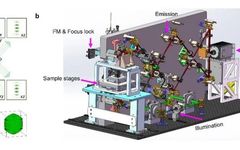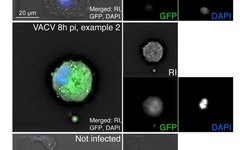Application of Nanolive in Ferroptosis Research
Cell biologists observe various gene-determined, active, orderly forms of cell death during development, known as programmed cell death, including apoptosis, autophagy, pyroptosis, and ferroptosis. Ferroptosis is a metabolic form of non-apoptotic cell death characterized by iron-dependent lipid peroxidation, and it has garnered significant attention due to its strong correlation with human diseases such as neurodegenerative … Read more

